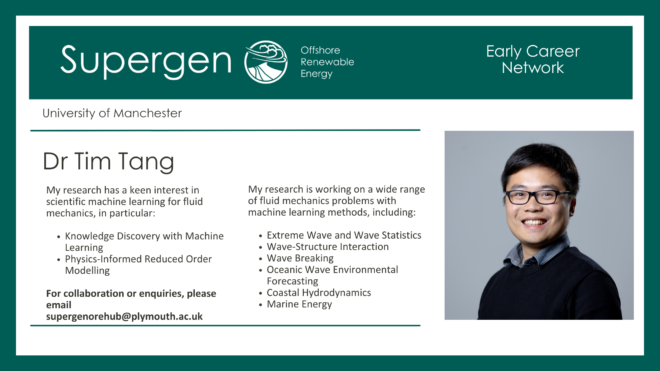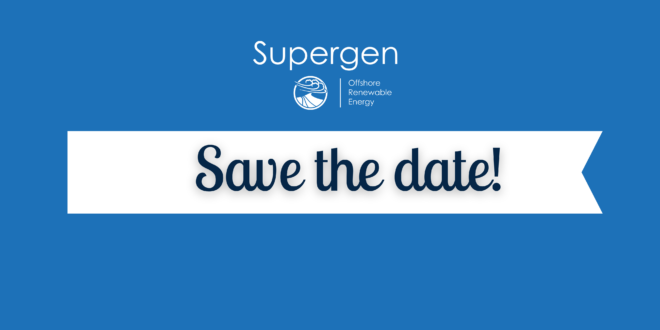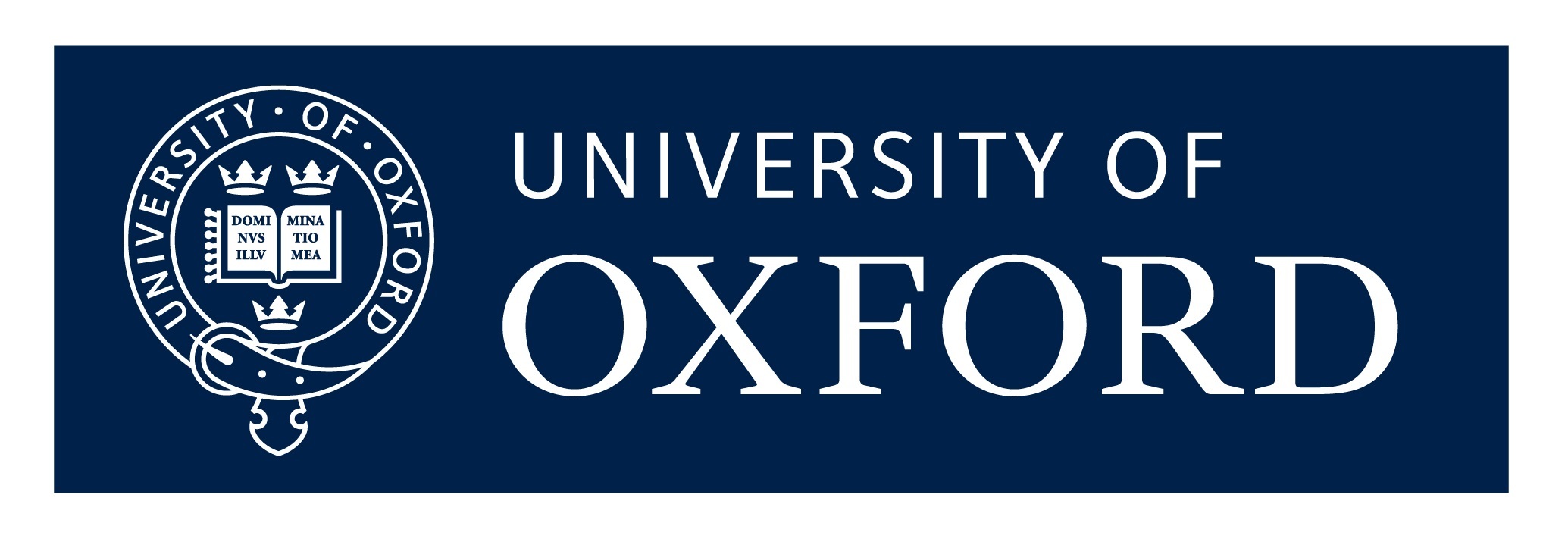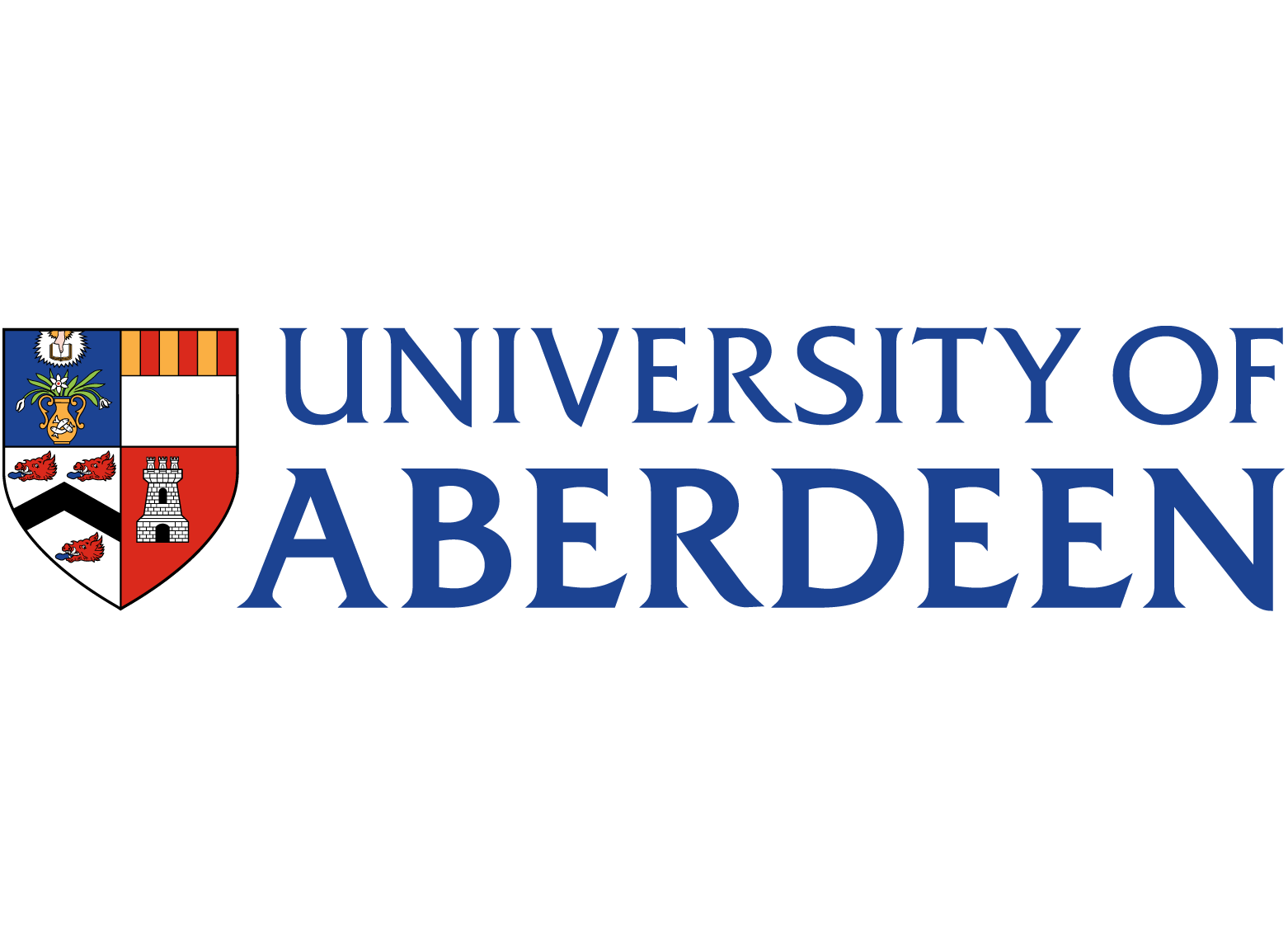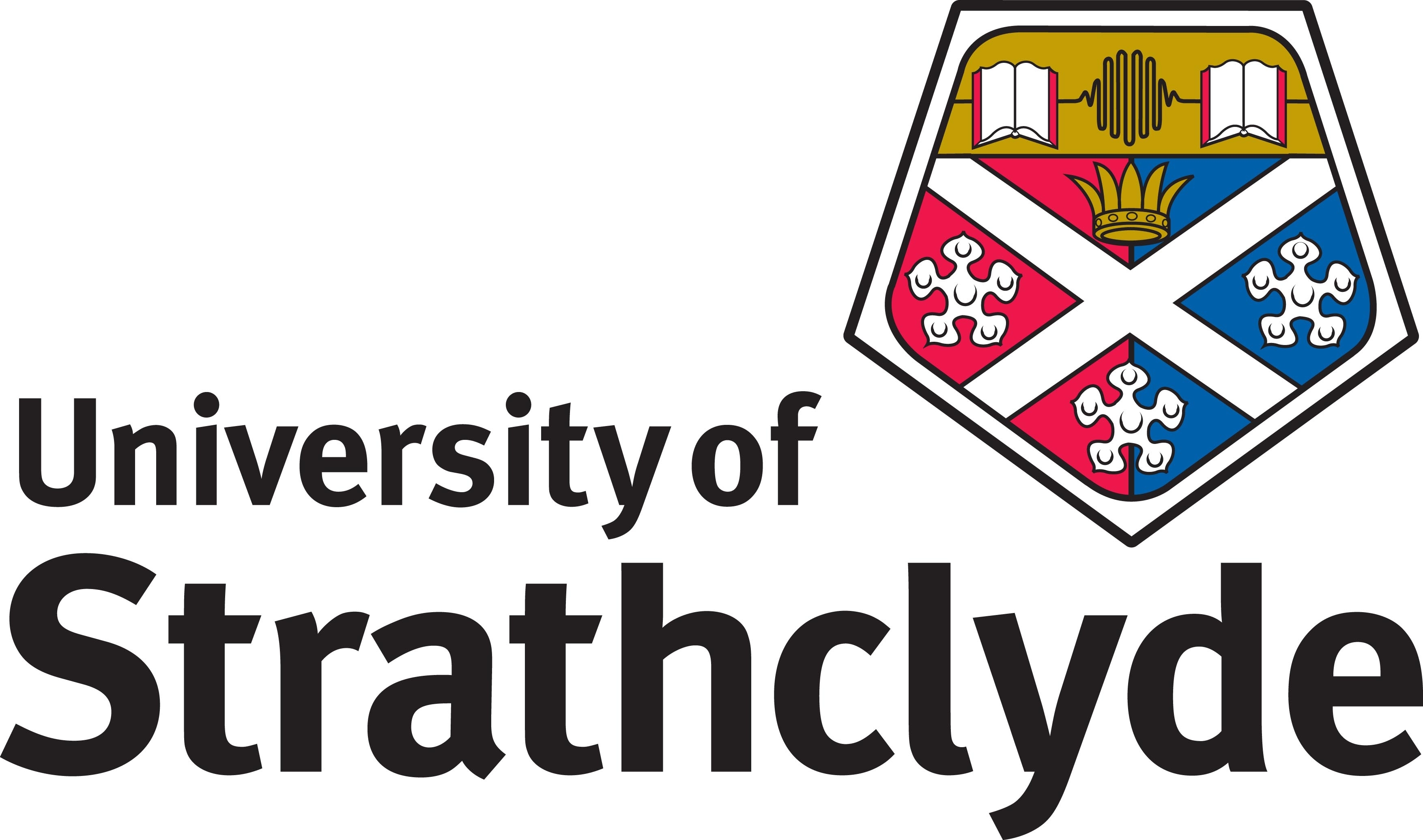Ensuring the safety and longevity of offshore wind turbine (OWT) support structures is critical for the offshore wind industry’s growth and achieving the UK’s net-zero goals. With the UK’s operation and maintenance (O&M) market for offshore wind expected to reach £2 billion annually by 2025, effective structural health monitoring (SHM) is essential for maintenance, retrofitting, and decommissioning decisions. As over 30% of OWTs approach the end of their operational life by 2030, accurate in-situ assessments are vital. Without improved SHM techniques, the industry faces increased risks of structural failure, costly repairs, and unplanned downtime.
This project seeks to transform SHM by developing AI-driven, autonomous systems that automate inspections and detect early signs of structural failure. The key innovation of our research is that it estimates the in-situ residual load-carrying capacity of OWT structures in a physically meaningful way - something existing methods either cannot do or rely solely on purely data-driven approaches. The core focus is on developing a test rig designed to simulate key loadings experienced by OWT structures, enabling rigorous testing of AI algorithms to ensure reliability and scalability for real-world applications.
This project addresses critical challenges faced by the offshore wind industry, including maintenance, operations, and safety. By developing innovative solutions for structural health monitoring, it will contribute to decreasing the life-cycle cost and increasing reliability of offshore wind turbines.
